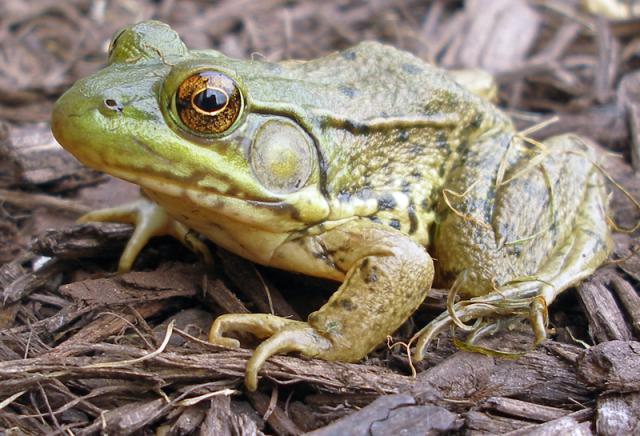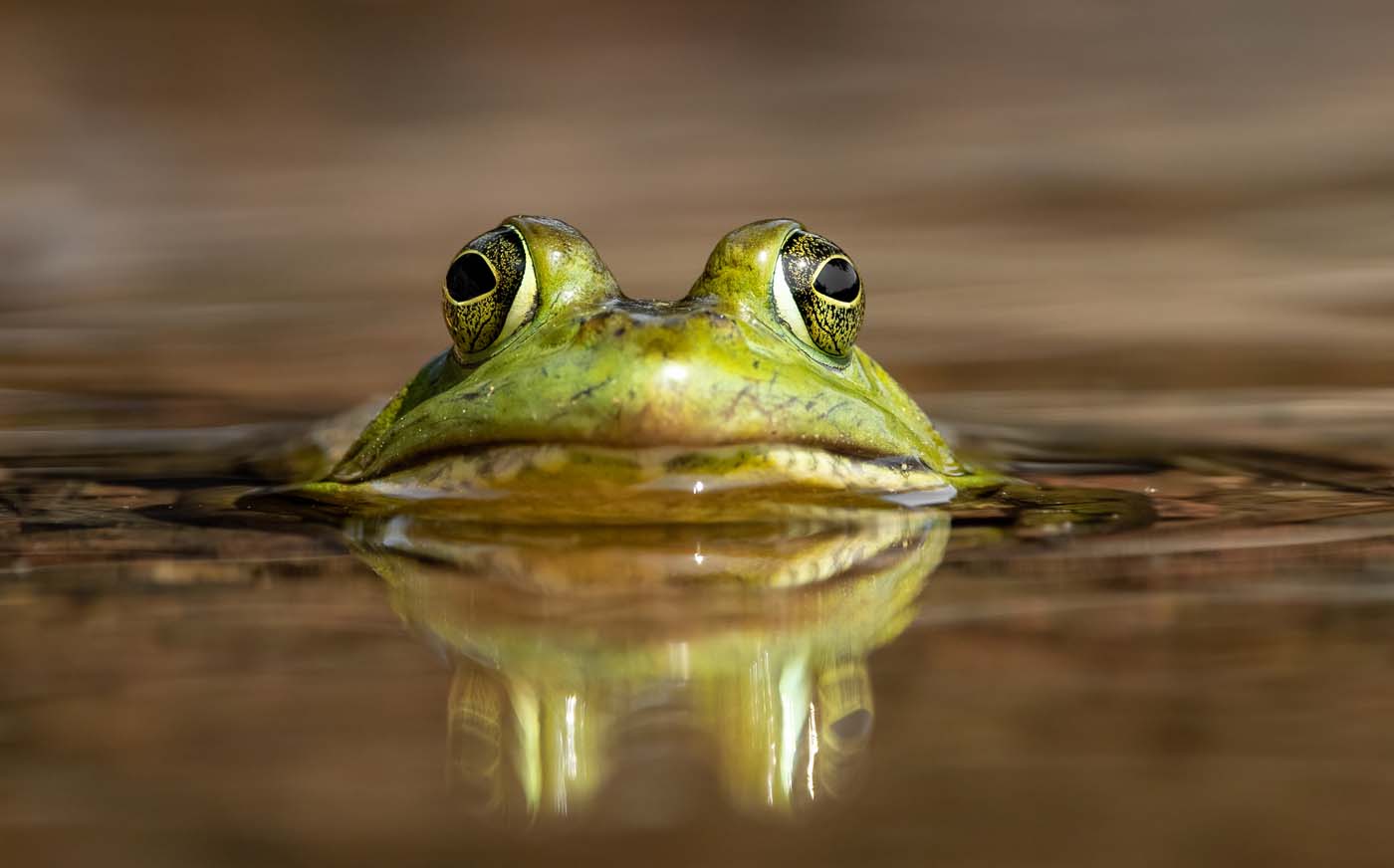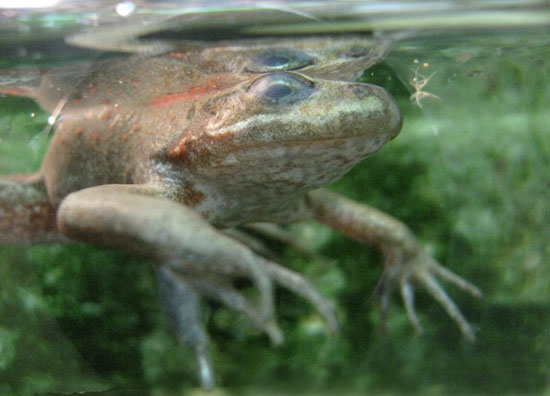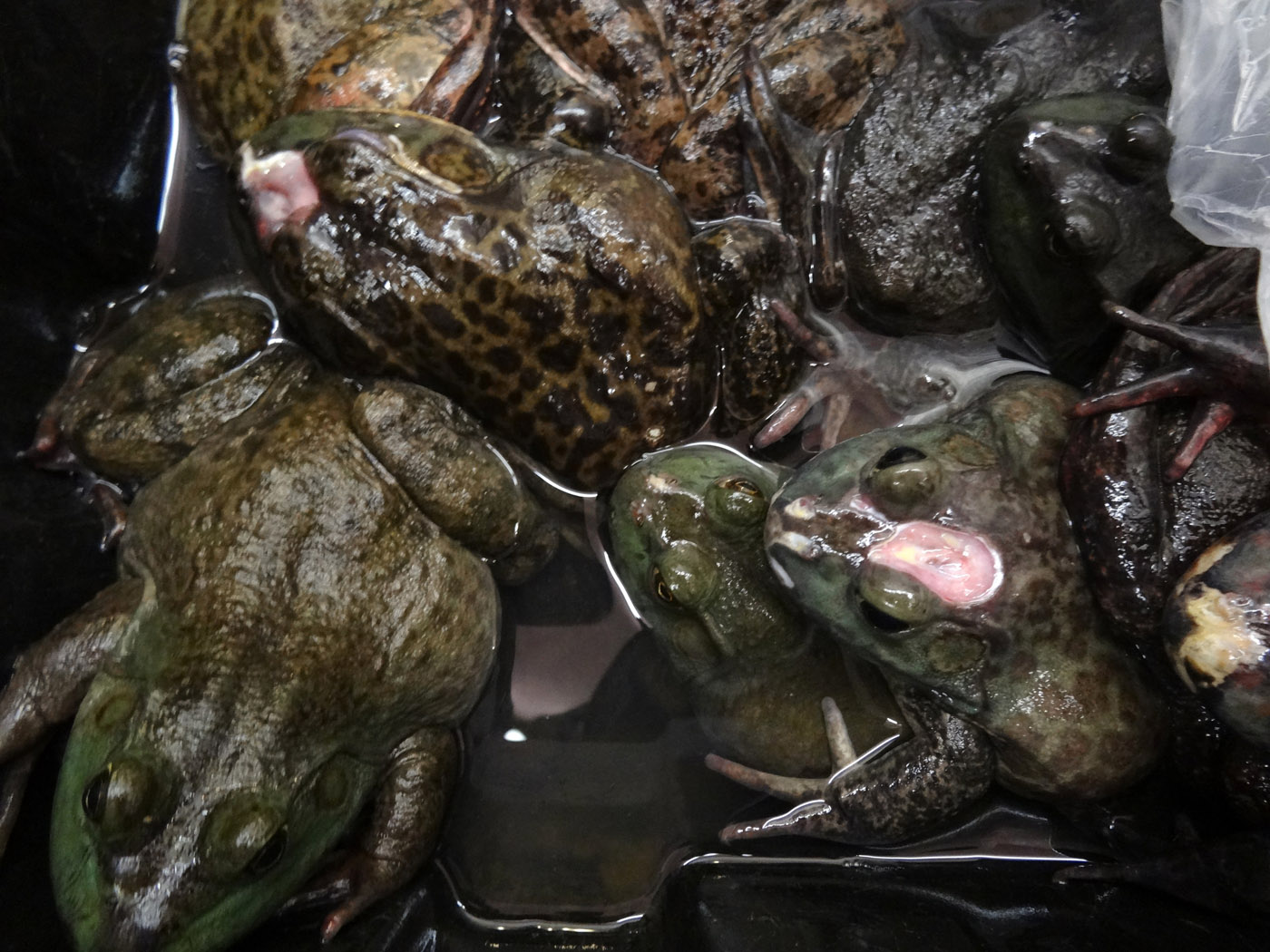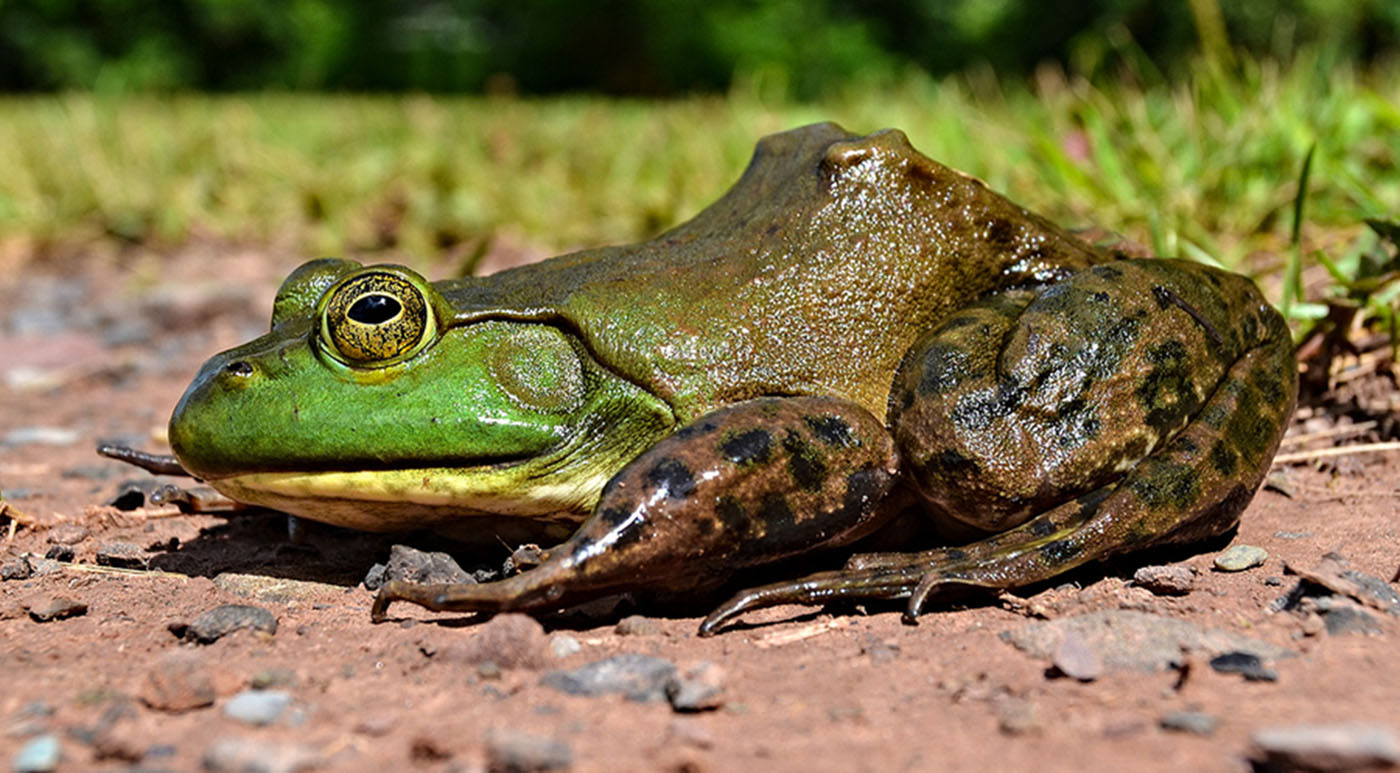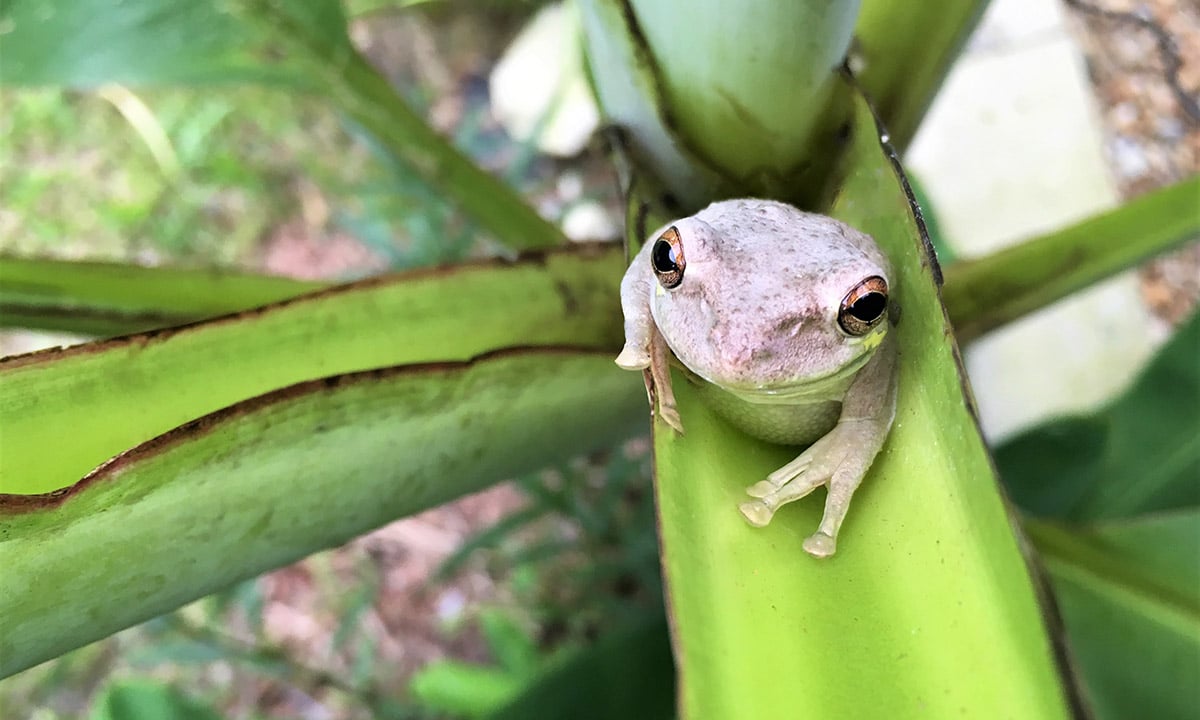Introduction
SAVE THE FROGS! Founder Dr. Kerry Kriger, along with biologist Chris Berry of the City of Santa Cruz Water Department and Marilyn Jasper of the Public Interest Coalition deliver public comments on the issue of bullfrog importation at the January 12th, 2023 California Department of Fish & Wildlife’s Wildlife Resources Committee Meeting.
Watch The Video Here!
“Dear Dr. Kriger,
I was excited to come across your organization and your powerful public comments on the issue of bullfrog importation in California.”
– Leslie Horwitz, Graduate Student, UC Santa Cruz, California
“Hi Dr. Kriger,
Thanks for your input today. I sit in on a lot of Fish & Wildlife meetings all over the US because I study conservation practices and history. You are (unfortunately) one of the only people I’ve seen who has addressed the issue at hand with actionable recommendations. I appreciate when an (actual) expert can lend their expertise in a precise way.”
– Brant M.
Transcripts
Dr. Kerry Kriger – SAVE THE FROGS!
“Hi, thanks for holding this meeting and thanks for focusing on this issue. I am SAVE THE FROGS! Founder, Dr. Kerry Kriger I’ve worked full time in amphibian conservation for the past 20 years. And I’d like to talk about the summary of strategies that is in the draft report.
Starting out with strategies one and two. Number one is “more resources needed for DFW”, that’s ranked as effective. And number two, “raise permit prices”, which is ranked as potentially effective.
Number two should be listed as very effective as it would reduce the total number of permit requests and it would provide additional funds for the DFW’s bullfrog control efforts.
The permit price, last I checked, was only $63, and the total funds raised annually through the permit fees only covers a small percentage of the state’s costs to manage the bullfrog importations, which means that most bullfrog importation is being subsidized by California’s taxpayers.
Raising the permit price significantly will transfer the cost of the importations from the taxpayers back to the businesses who should be responsible for paying the costs of their business activities.
31: add bullfrogs to restricted species list. It was a petition from SAVE THE FROGS! and the Center for Biological Diversity on this very issue that prompted the stakeholder process to take place about six years ago.
So this is listed as low efficacy. It should be listed as highly effective because it will reduce the number of permits being issued.
The permit for importation of a restricted species is $547.25. So implementing this would mean a lot less bullfrogs entering the state.
Now, then the question becomes, should they be listed? Well, yes, because they are highly invasive and problematic species. It’s not just that they’re an invasive species, it’s that they’re problematic species.
And if we look at restricted species law, DFW Manual 671, paragraph two, 2116.5, we see, quote, “it is the intention of the legislature that the importation, transportation and possession of wild animals shall be regulated to protect the health and welfare of wild animals captured, imported, transported or possessed to reduce the depletion of wildlife populations to protect the native wildlife and agricultural interests of this state against damage from the existence at large of certain wild animals and to protect the public health and safety in the state.”
So I believe that bullfrogs fully qualify to be listed as restricted species. That’s all I have to say. Thanks again for holding this meeting and letting me speak.”
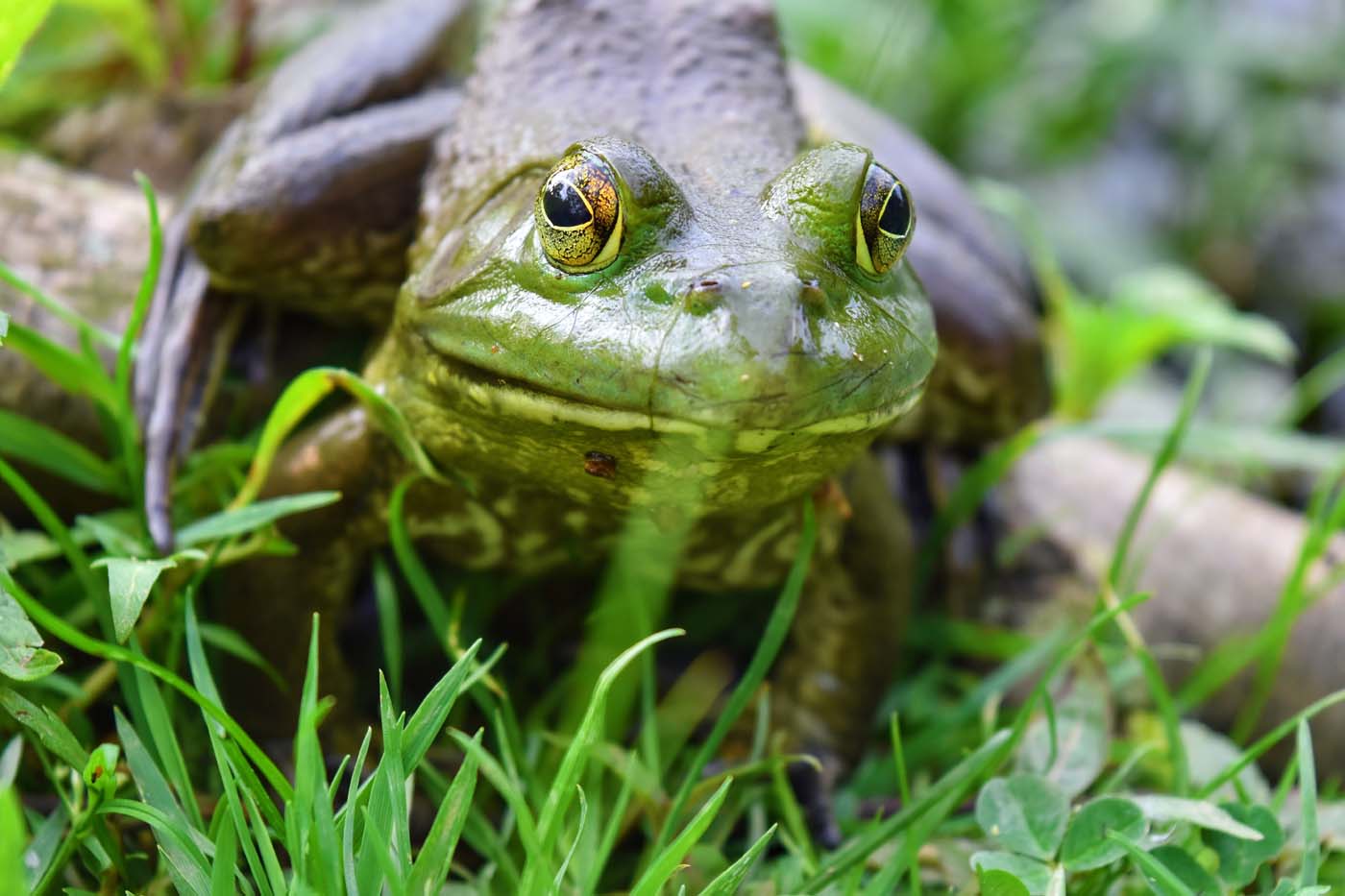
Marilyn Jasper – Public Interest Coalition
“Some three dozen necropsies on the market frogs and turtles since the 1990s have documented that all are diseased and or parasitized. The risk exists, plus it’s my understanding, it’s illegal to import or sell such products. California Code regulations Title 14 Section 236. Worse, the majority of the bullfrogs test positive for chytrid fungus, which has caused extinction of over 100 amphibian species worldwide in recent years. Without intending to offend any agency or anyone else, this issue has been problematic for decades. Certainly not been rushed, but rather prolonged. Thus Fish and Game Commission has twice voted unanimously for a ban, but apparently ignored by the department. If ever a situation called for the precautionary principle, it is this one with an easy fix. DFW should simply cease issuing the import permits. Thank you.”

Chris Berry – City of Santa Cruz
“Thanks for giving me a chance to share my point of view this morning. I’ll try to keep it brief. Firstly, I wanna thank staff for good, thoughtful, holistic. creative process and all the stakeholders too. Of course, it was a fairly long and winding road. And I’m hopeful that you will take some action today as you described earlier. To that point, my comments are mostly focused on bullfrogs. That’s been the primary issue that I’ve been dealing with in my work. I recognize that broader action and policy than just bans on imports is required to deal with this issue in an effective manner.
However, I would encourage the commission to not delay taking action today and to honor the actions of past commissions and move this forward, specifically focusing on low hanging fruit of which I think there are many in the suite of recommendations from the process that hopefully has concluded now.
Now, specifically strategy 17, 18, and then it jumps to 20 in the report. I think if we’re not gonna prioritize strategy 17, which has been on live sales, then we certainly need to boost our support for strategies 18 and 20 regarding testing and inspection.
I certainly support strategy 15, which is improved eradication efforts. That’s something that’s changed over the years in my experience where when I first started in the early nineties, I worked with a herpetologist that would use 22s to take out bullfrogs. And then I learned from Eric Larson a couple of years ago, that was no longer allowed. So I think we really need to be creative about enabling people to do eradication.
Finally, I think most of our natural resource management challenges are social engineering problems. So I appreciate the focus on the cultural implications of this policymaking. However, I think we need to focus on the broader cultural implications vis-a-vis protection. of California’s biodiversity and not be so narrowly focused on one specific cultural implication, that being the live animal markets. Obviously, the implications of this policymaking are much broader than the impacts on the live animal markets. So that said, again, thank you for including me in the process and I wish you well in the policymaking.
Thank you in advance for your generous financial support of our worldwide amphibian conservation efforts!”
